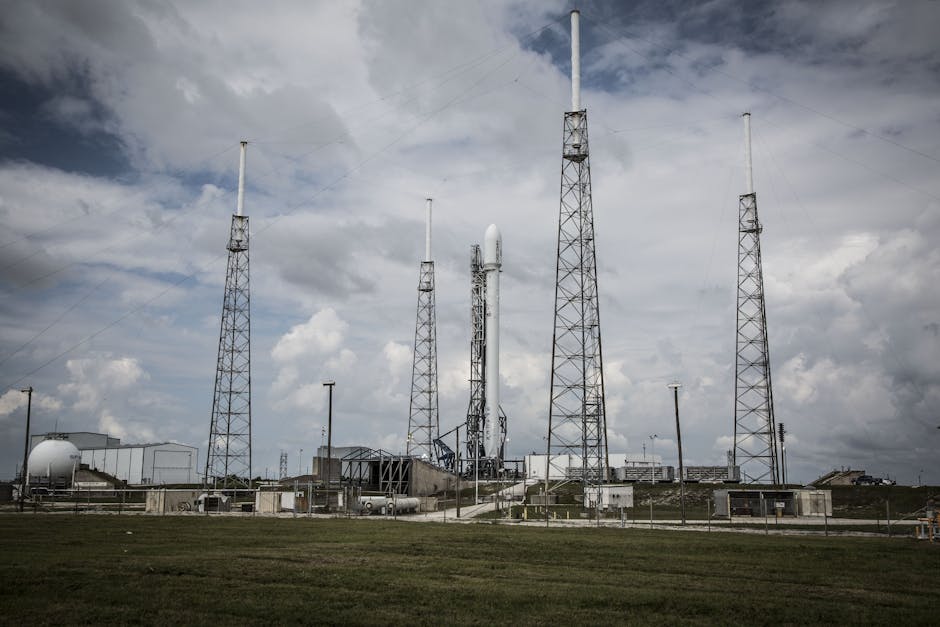US and Israeli Strikes on Iranian Nuclear Sites Prompt Retaliation and International Concerns
US and Israeli Strikes on Iranian Nuclear Sites Prompt Retaliation and International Concerns

On Saturday, the United States, in conjunction with Israel, launched a major military operation against three Iranian nuclear sites. The attack involved 75 precision-guided munitions, including bunker-buster bombs and over two dozen Tomahawk missiles, according to General Dan Caine, Chairman of the Joint Chiefs of Staff. The Fordow nuclear plant, a deeply buried facility, was a primary target. Commercial satellite imagery suggests significant damage, though the extent remains unconfirmed by experts. A senior Iranian source claimed that most highly enriched uranium at Fordow had been moved prior to the attack, a claim Reuters could not immediately verify.
Following the US and Israeli strikes, Iran launched a volley of missiles at Israel, resulting in injuries and property damage in Tel Aviv. Israel also reported conducting airstrikes against military targets in western Iran and Tehran, targeting missile and radar infrastructure, and a surface-to-air missile launcher. An Iranian missile launched towards Israel was intercepted by Israeli defenses. Israel also reported the downing of an Israeli Hermes drone in Iranian territory.
The International Atomic Energy Agency (IAEA) reported no increase in off-site radiation levels following the US strikes. Director General Rafael Grossi stated that an assessment of the underground damage was not yet possible. Iran vowed to defend itself against the attacks and Iranian Foreign Minister Abbas Araghchi indicated that Iran would consider all possible responses and that a return to diplomacy would not occur until retaliation had been carried out. Araghchi is scheduled to meet with Russian President Vladimir Putin in Moscow.
US President Donald Trump, in posts on Truth Social, claimed “Monumental damage” was inflicted on Iranian nuclear sites and raised the idea of regime change in Iran, stating, “It’s not politically correct to use the term, ‘Regime Change,’ but if the current Iranian Regime is unable to MAKE IRAN GREAT AGAIN, why wouldn’t there be a Regime change??? MIGA!!!” This statement followed assurances from US Vice President JD Vance and Defense Secretary Pete Hegseth that the US was not actively pursuing regime change.
Iran’s parliament approved a measure to close the Strait of Hormuz, a crucial oil shipping route. However, Iran’s Press TV reported that such a move requires approval from the Supreme National Security Council. The potential closure of the strait caused oil prices to surge to their highest point since January. US Secretary of State Marco Rubio urged China to dissuade Iran from closing the strait, warning of severe economic consequences.
The UN Security Council convened to discuss the situation, with Russia, China, and Pakistan proposing a resolution calling for an immediate ceasefire. UN Secretary-General Antonio Guterres described the US strikes as a perilous turn in the region and urged a return to negotiations regarding Iran’s nuclear program. The US State Department issued a security alert for US citizens abroad, advising increased caution. The US military increased protection for its troops in the region, including in Iraq and Syria. Commercial airlines were assessing the impact on Middle East flights.
Russia condemned the US attacks, asserting they undermined the Treaty on the Non-Proliferation of Nuclear Weapons and warned of the risk of escalating conflict in the Middle East. Israeli officials have previously expressed their ambition to topple Iran’s government. As of the latest reports, Iran has not yet targeted US bases or significantly disrupted oil shipments through the Strait of Hormuz, though it continues to weigh its options for retaliation.
Disclaimer: This content is aggregated from public sources online. Please verify information independently. If you believe your rights have been infringed, contact us for removal.